BOOZE-FREE TASTE TEST
Alcohol by volume: The lowdown on alcohol-free or non-alcoholic drinks
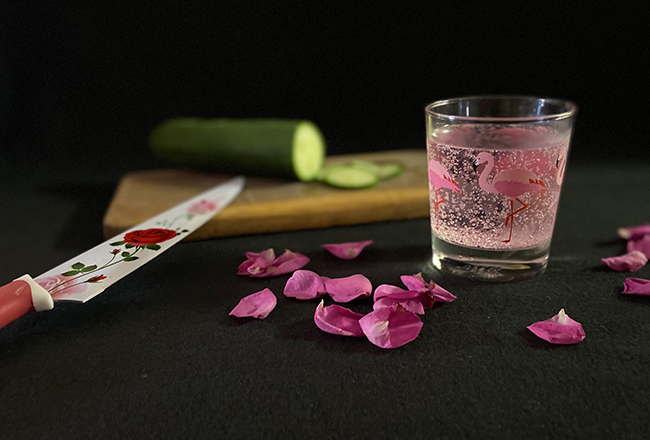
Sales of alcohol are currently forbidden in South Africa and we’re counting the days until the next 'family meeting' to see which way things will swing; but in the meantime, there’s no harm in trying some substitutes.
It has been decreed that we may not buy alcohol anywhere – not in a bar, a restaurant, bottle store, tavern, shebeen or a tasting room – until at least 15 February 2021. It’s not a popular decision on the part of the government, and it’s devastating the restaurant and wine industries.
Privately, the black market is thriving and not in a particularly undercover way; WhatsApp groups and websites are openly trading with massively inflated prices (obviously). Restaurants have their liquor licences on the line, so sticking to the rules is their only option.
As consumers, we have some choices: stay at home with our own wine and order in; eat out at an early bird hour without alcohol; or find places that are doing creative and thoughtful pairings.
Let’s address the subject of the actual ABV, or alcohol by volume, percentage. From the Drink Nil website, we learn that drinks labelled “alcohol-free” or “non-alcoholic” can still contain traces of alcohol, even the tiniest amount. “As it stands there is currently no process that completely extracts all the alcohol from an alcoholic drink,” it says.
This is how it breaks down – and it’s important for those who literally cannot have even the slightest trace of alcohol for whatever reason: A drink can be called non-alcoholic/de-alcoholised if it has 0.5% or less ABV. Alcohol-free is the term used if the drink has 0.05% or less alcohol by volume.
“‘No alcohol’ is not really a term one should use – it’s either non-alcoholic, or alcohol-free (or de-alcoholised when talking about wine or a beverage that started out with alcohol in it, for example most wines and some beers),” said Drink Nil, co-founder Fiona Hilton.
This got me to thinking what the difference is – if any – between soft drinks and non-alcoholic drinks. Caroline van Schalkwyk, Drink Nil’s other co-founder, said they look at it like this: “It is an AF beverage if alcohol has been removed, if it is any way distilled or made in a process similar to that of an alcohol; and if it generally looks like it caters for an adult market (as in grown-up).”
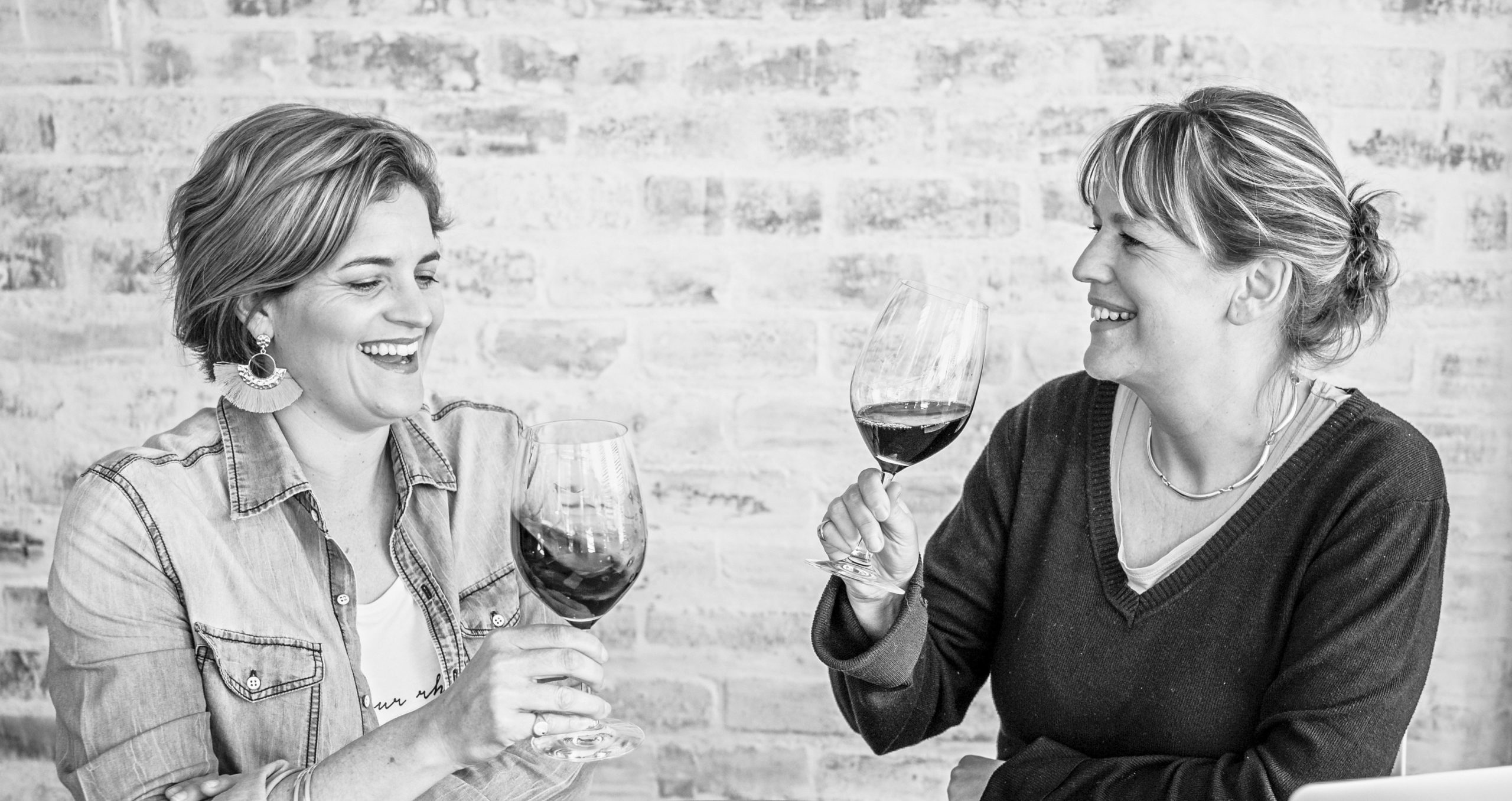
Caroline van Schalkwyk, left, and Fiona Hilton, founders of Drink Nil. (Photo: Supplied)
Having spent the past week or so taste testing a range of non-alcoholic products, this last point makes sense. You’d have no problem giving a child a fizzy cool drink (although really, consider the sugar if nothing else) but would maybe think twice about pouring them a glass of de-alcoholised wine, even if the ABV is trace. Then again, in some European countries, children drink wine with meals from a young age, and I used to drink beer shandy with my granny when I was quite little (a nip from Grandad’s bottle while he was listening to Charles Fortune commentate on the cricket on the wireless). The Clausthaler non-alcoholic lemon beer shandy I found at the supermarket took me back with the first sip.
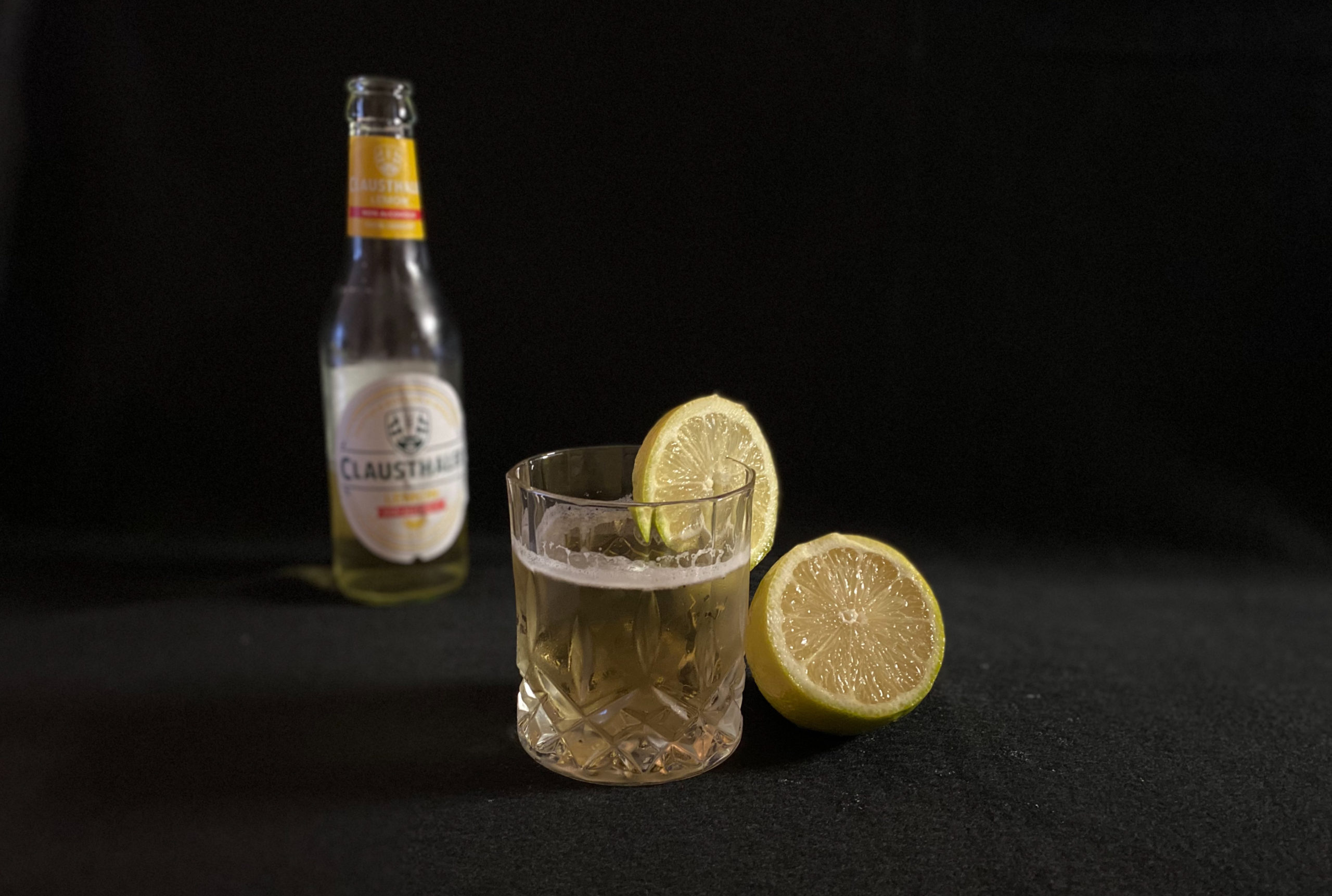
Clausthaler non-alcoholic lemon beer shandy took me back to my childhood. (Photo: Bianca Coleman)
Anyway. The point is, even though we have theoretically been forced into sobriety, there are many people who do it by choice – whether in recovery, for religious or cultural reasons, pregnant or breastfeeding, driving (and later this year, the legal limit will be a big fat zero so we may as well get ready for it), on diet (oh my, we all know about those horrid empty kilojoules in alcohol), or simply because they don’t like booze. I’ve heard stories about the existence of such humans.
Given these trying/uncertain/unprecedented/dark/challenging times, I decided to look into what’s available to fill the gap. De-alcoholised (I have to type it and say it slowly, every time, so strange it is upon my tongue and fingertips) wines have come my way a few times. I cannot say I’m a fan. The reds are way too light and insubstantial for my taste; the whites often have an underlying grape note. Middle ground rosés for me are the most successful.
I got in touch with Drink Nil, which has an online shop with a surprisingly big range of non-alcoholic drinks, from wine to beer, cider to seltzer, and more than a few gins.
When they began planning procurement for Drink Nil, Van Schalkwyk and Hilton wanted to keep things simple. “We kept saying ‘We’ll just start with 20 products and go from there’. I have to laugh when I think back at that now!” said Hilton. “We had 20 for about 10 minutes and then realised how much we were missing out on. There are so many beautiful craft drinks out there and we really want to showcase small producers and give them a platform to market and sell on.
“The wines are doing well, there has been so much work done to create wines that are flavoursome and delicious and that you actually want to drink, unlike a few years ago when they really did taste a bit flat, or just very sweet. We also sell a lot of RTDs (Ready To Drinks) – the G&Ts premixed do very well. And more recently, straight gins are becoming very popular. Some of the flavour profiles of the alcohol-free gins coming to market now – not to mention the packaging – are really stunning.”
A box of non-alcoholic drinks was duly delivered, containing a selection to sample. I also bought a couple more, and checked what was in my cellar. Here are my thoughts, along with comments from some of the makers, in no particular order of preference.
Norah’s Valley Satin Sparkling was a pleasant surprise. It’s made from Sauvignon Blanc, and is dry and bubbly. I used it as an excuse to get sushi, and I was not sorry.

One of my favourites, the Norah’s Valley Satin White sparkling ‘wine’ made with Sauvignon Blanc grapes. Great for Sunday sundowner sushi. (Photo: Bianca Coleman)
“Norah’s Valley was conceptualised by our aunt Sharon in 2018 (she is a Daoist, a vegan and does not consume alcohol),” said MD Dennis Chiang. “We are aware that the current statistics, in South Africa, indicate that 69% of consumers do not consume alcohol.
“Our inspiration arose due to identifying a gap in this market – to produce premium de-alcoholised wines, that cater for non-drinkers and for those seeking a healthier alternative.
“Our premium, de-alcoholised wines are made from the highest export quality grapes. Our guarantee is that no additional flavours or additives have been used in the production to enhance the Norah’s Valley drinking experience. D-ealcoholised wines will never have the same aromas as traditional wines as these flavours and aromas disappear when the alcohol is removed. The consumer should not compare wine directly with a de-alcoholised wine as they are two different beverages.”
This is good to know, and I am guilty as charged. I guess it’s a bit like the vegan/meat comparison.
“Norah’s Valley is classified as a de-alcoholised wine and our products are made via spinning cone technology, which is done in the Cape,” said Chiang.
Spinning cone columns are used in a form of low temperature vacuum steam distillation to gently extract volatile chemicals from liquid foodstuffs while minimising the effect on the taste of the product.
Next up, Xero GT, which are RTDs available in four flavours: Original Tonic, Twist of Lemon, Grapefruit, and Rose and Cucumber. I had the latter because it lent itself so well to a photograph, and I’m drinking the Twist of Lemon right now at my desk, because I can. Both are agreeable and refreshing, and contain “less than 0.05%” alcohol which I take to mean there was once the presence of alcohol but clearly at that level it cannot be tasted. Either that, or I consistently pour my gin with a heavier than usual hand. Yes, that’s probably it.
I had a mixed reaction to the Bonnievale NEAT de-alcoholised Sauvignon Blanc. With the first swig, it definitely brought all the characteristics of the variety to the palate but when I later poured it into a glass, there was that hint of grape again (and when I say grape I mean like grape juice). I shrugged and counted myself lucky I still have my sense of taste.
“Alcohol-free drinks have been a global trend for some time. In South Africa, they’ve just been slow to catch on at a larger scale. The trend is driven by people pursuing a healthier lifestyle and who want to be more responsible with their alcohol consumption, in addition to stricter drink-and-drive laws the world over. Our own launch was a response to the trend we saw taking shape in South Africa,” said Bonnievale’s marketing GM, Carlen Wahl.
“The quality of alcohol-free drinks in general has certainly improved as industry knowledge and experience has progressed. For us, the key to retaining exceptional characteristics of a wine is to start with an extremely good base. Then, the wine should not be exposed to oxygen, which destroys flavours. Temperature control is imperative at all stages,” explained production manager Marthinus Rademeyer.
“We make use of the spinning cone technique, one of the industry’s most common methods. After alcohol is removed, various fining agents are added to enhance the mouthfeel and flavours of the de-alcoholised wine.”
With the Uncanny Pinotage – which was not at all bad on its own – I decided to make a sort of sangria with berry ice tea and sparkling water, sliced fruit and ice. I was pleased with the results, and this one scores extra points for its clever name.
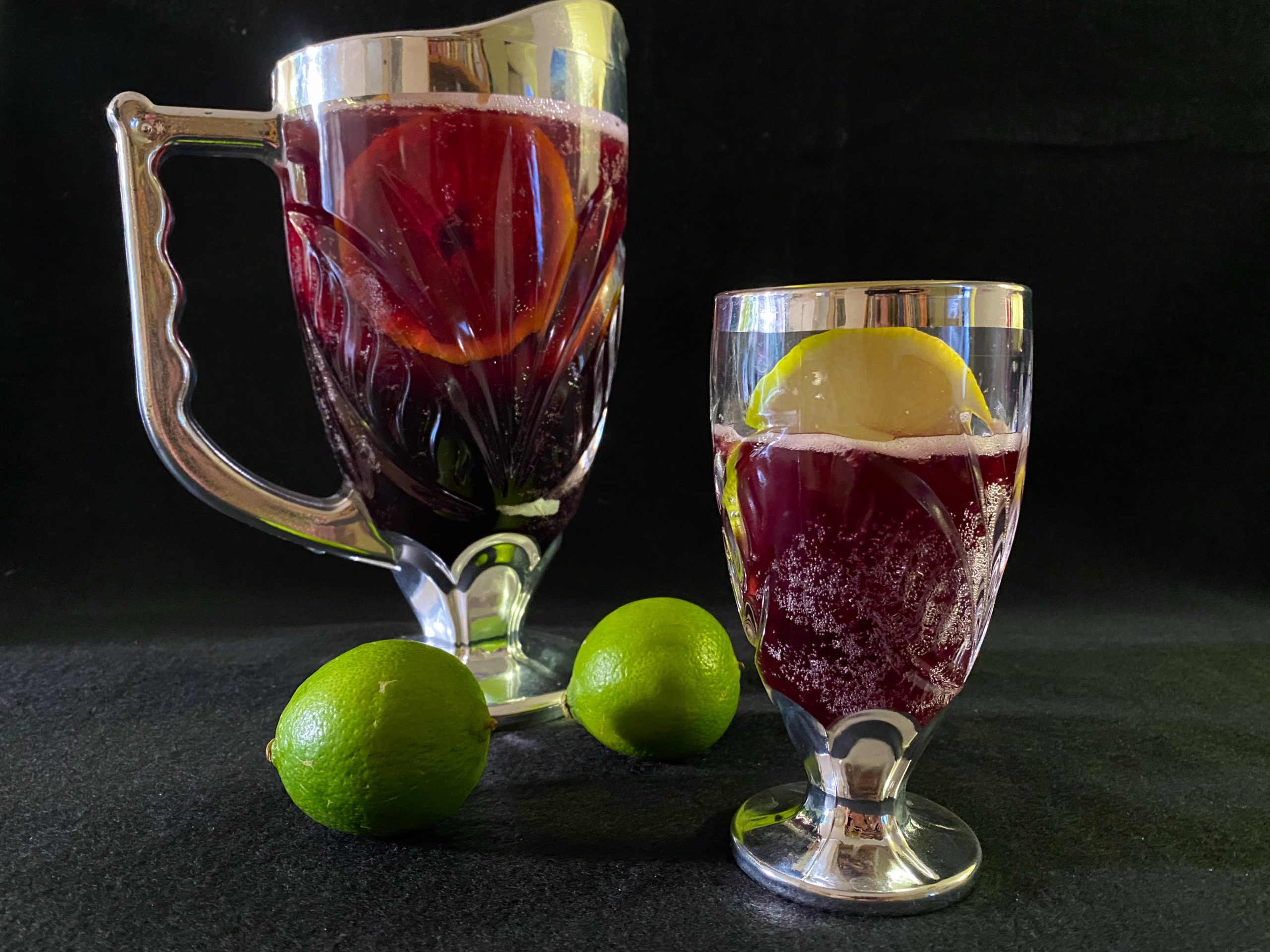
The Uncanny Pinotage was used to make a sangria with sparkling water and homemade berry ice tea. (Photo: Bianca Coleman)
“We started developing the Uncanny De-Alcoholised range several months before the corona virus was even a thing,” said co-owner Arnold Vlok.
Joining the Pinotage is a Sauvignon Blanc; they did not decide on those, the wines made the decision for them, said Vlok.
“We tried several cultivars and these were the two that really stood out. The Stellenbosch Pinotage spent several months in oak barrels. It had bold fruit-forward aromas and a beautiful oak finish. Similarly, we selected an ‘in your face’ fruit-driven Sauvignon Blanc.
“Basically, we selected exceptional, bold wines that could carry the cultivar characteristics through even after alcohol removal. The alcohol removal process was also carefully managed to retain as much of the aromas as possible.”
Uncanny also used the spinning cone technology, and Vlok gave some insight about that pesky grape I keep tasting. “The easiest way of regaining the body of the wine lost with the alcohol, is to add grape concentrate (sugar). We try to add as little as possible and rely more on the selection of an exceptional base wine that can still stand on its own without the alcohol.”
There’s no need to be snobbish about wine in a can, or a box. Woolies tackled this elephant head on by stocking well-known wine brands in boxes, and unless you were born into wealth and privilege you must surely have had a papsak in your life at some point. Two advantages remain to this day: convenience and price. It’s so wonderfully easy to pour a glass from a box when you don’t feel like opening (another) fine bottle. Ben Wren – who is the founder and the name of the brand – previously made a jolly fine red in a box. Now it’s all about the spritzers.
“Our zero alcohol spritzer was part of our spritzer launch plan. The idea was to include one zero alcohol drink in a four-pack so non-drinkers or a driver had a tasty drink – Lemon & Elderflower. It’s proved to be one of the most popular spritzers in the range,” said Wren.
It’s the sample sent to me, and it was light and nice, and in this case, being zero alcohol, a soft drink.
“The winners in the alcohol-free market will be the brands that make zero alcohol drinks as good as alcoholic drinks. Just because the drink doesn’t include alcohol doesn’t mean it shouldn’t be tasty, well-made and crafted. For Ben Wren Wines, adding the zero spritzer was the strategy at launch. It’s proving so popular, the second is being developed,” said Wren.

An infusion of natural botanicals, Cinchona Bark and African Wormwood, this mimics Campari and Aperol. (Photo: Bianca Coleman)
And so on to spirits. I had no idea there were so many non-alcoholic gins out there. Emile Gentis of Thor Vintners, a winemaker by trade, said it’s a different process to non-alcoholic wine. For that, components are broken up, blended and built back together without the alcohol. “With a non-alcoholic gin, you need to begin with the separate building blocks and build them back… so no stripping of a normal gin. Why? Because the dissolved essential oils that you extracted with a normal alcoholic distillation are clear and stable in alcohol. If you take the alcohol out of gin (as what you would do in a non-alcoholic wine), the oils become unstable and cloudy.”
For Gentis’s Origiin range of gins, the approach is to stay true to the distillation process, whereby he distils 100% of the product in 1000L pot still batches.
“On our organic certified farm in Riviersonderend, we have a massive wood-fired still where we distil three times more juniper berries for flavour with our mountain river water in a single 1000L batch than a normal alcoholic gin production of the same amount.
“We call this our Juniper H2O spirit. This forms 98-99% of our product – a pure juniper hydro distillate, where we then infuse some additional botanicals to balance out the product.”
As to the question why non-alcoholic gin cost the same as a craft gin (with the idea somehow that if there’s no alcohol in it, it should cost less, and I cannot explain my logic because things like gluten-free, sugar-free and caffeine-free all cost more).
“Each botanical being used is a concentrated flavour bomb. Very similar to blending wine and trying to match or balance out flavours, it is key for a non-alcoholic gin producer to be able to blend and match flavours and build up the product so that it tastes very similar to a juniper-based adult drink or gin. These independent sourced natural flavours, essence and distillates are very pricey. To buy them separately, actually cost more than the normal gin botanicals you throw in a bag and distil with alcohol. Your dry goods and production costs are relatively the same as well as normal gin products.”
I was curious as to why there are so many gins but no other spirits. “It is a simple answer actually,” said Gentis. “It is like wine, where we have different varieties, different terroirs, different vintages and different styles and blends. The gin category (same as craft beer) has exploded due to the different botanical mixes and styles you get. There are upcoming non-alcoholic rums and whiskeys, but I have not yet seen one that has set itself apart from the rest. I think it is the limited choice of building blocks? I see a challenge coming up!”
Pierre Strydom, co-founder Curated Beverages, makers of Abstinence gins, and Aperitif, is accepting that challenge. “Sipping” is due to be launched in February 2021. “It’s a sipping spirit and not mimicking a gin, leaning to a whiskey/brandy. We are trying not to classify our spirits on a certain alcoholic product, rather something new – a sipping spirit,” he said.
The range of non-alcoholic spirits contain no sugar, no alcohol and no colourants and are made through a process of hydro distillation. “The botanicals are extracted by maceration and infusion and distilled with the same distilling equipment that you would use for any other spirit. Each variant features a local hero in the form of citrus, honeybush, rose geranium and buchu, complemented by an array of spices including coriander, juniper, angelica root, cardamom and cassia to name a few,” said Strydom.
The low and no alcohol sector is one of the drinks industry’s biggest success stories in recent years, he added. “Driven by a universal health and wellness trend, mindful drinking has taken off and is accelerating. We are very fortunate to have an established brand before the lockdown, but the liquor ban still has a negative effect for the whole hospitality industry and country.”
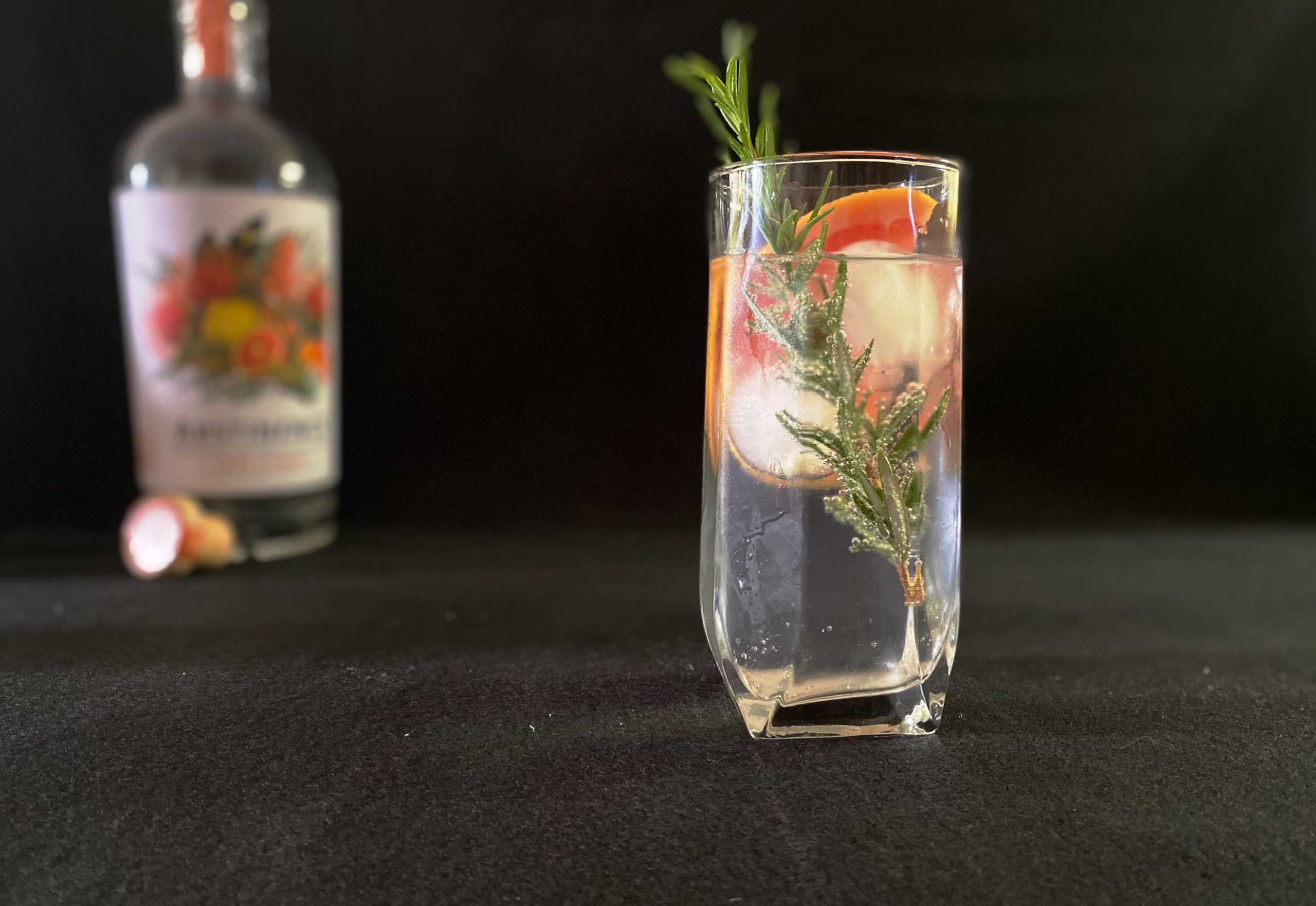
Abstinence Cape Citrus is a citrus forward blend comprising zest, spice, and aromatic elements, served here with a slice of grapefruit and a sprig of rosemary. (Photo: Bianca Coleman)
The Duchess G&T was one of the first zero alcohol drinks I tried, many moons ago. I was fascinated by the label – zeros next to alcohol, sugar, carbs, kilojoules. What on earth was it? The perfect mixer for real gin, I discovered. I’m a bit of a rebel like that; spirit coolers, those sweet sugary “girly drinks” were once my mixer of choice with vodka. Oh the good old days.
The Duchess has since added two wine spritzers to its range of three G&Ts. The gin and tonic is made with re-distilled juniper extract and botanically infused tonic water; the spritzers wine is de-alcoholised by spinning cones, and then infused with natural botanical extracts and topped off with sparkling water.
“Over the past few years, we’ve seen a shift in the mindset of consumers, moving towards integrating 0% alcohol drinks in their day-to-day life. With the alcohol-ban and people adopting a healthier lifestyle, this has accelerated the growth of the alcohol-free industry.
“We hope the Government finds ways of opening trade, whilst exercising caution of the spread of the virus, so that people can earn a living,” said Johannes le Roux, founder of The Duchess.
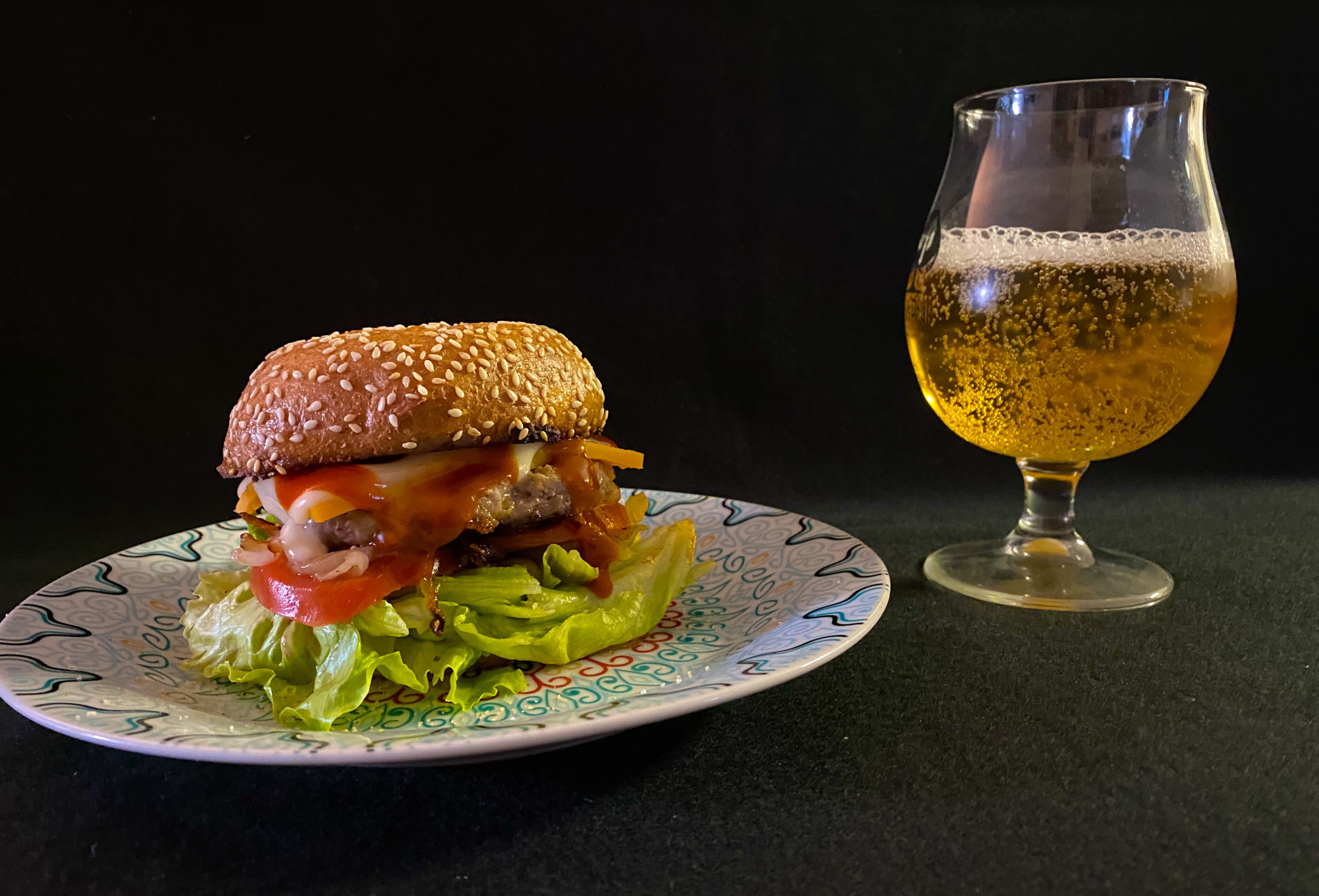
A burger and beer make a great combination – the Devil’s Peak Hero has crisp, hoppy beer flavours, aromas and mouthfeel. (Photo: Bianca Coleman)
If you’re still with me, this is the part where I’ve buried the lead and will reveal the taste winner: Devil’s Peak Hero. It exceeded all my expectations and delivered all the flavours I anticipate from a beer. I believe I did it justice with a cracker of a cheeseburger. DM/TGIFood
For a one-stop mindful drinking shop, click here.




 Become an Insider
Become an Insider
The prices should be cheaper as there is no excise or ‘sin’ tax added to non-alcoholic drinks.
Mmmm. I confess to being one of those human beings that the writer has only heard of. I do not, have never and will not and don’t want to drink any alcoholic beverage. I have never needed any alcohol to lead a happy meaningful (and sober) life. I do not have an alcohol problem but I do have a problem with alcohol. Because I am perfectly balanced without alcohol I will also avoid the pretend wines, gins, brandys etc. Anybody who cannot manage without alcohol or its pretend substitute should try and break free – it is liberating and also a great way not to waste money down the toilet! Donald Moore.
Mmmmm … This seems a bit too smug and self-satisfied for my taste. I confess to being one of those human beings quite partial to a cold beer on a hot day and a G&T on a Friday at the end of a long week. As I recall, the first miracle performed by Jesus was to transform water into wine and the last was to transform wine into blood – a miracle that is commemorated every single day all around the world. If it was good enough for Jesus, it is good enough for me
Donald : never having had alcohol, how would you know whether you might like it?
Great article. Having spent years trying to cut down, drink mindfully and ultimately become alcohol free, having these options makes so much sense. Considering that harmful use of alcohol contributes to 3 million deaths globally per year as well as untold problems in society due to secondhand drinking, it is not surprising that the conscious drinking movement is gaining momentum. If you are at all sober curious, have a look at the World Without Wine website for interesting reading, support and worthwhile initiatives such as Dry January to fund a child for a year of yoga.
Great article, since the beginning Drinks Nil have been amazing, great service and prices are reasonable, along with their amazing non alc products. Im a happy supporter of theirs.